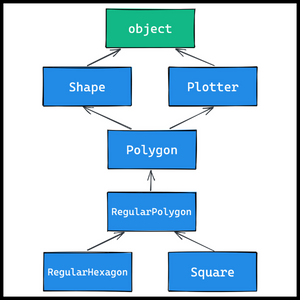Price: $28.49




What’s new in this third edition of Learn Python Programming?
We removed what we felt didn’t fit anymore and added what we thought would benefit you the most. We have shuffled things around, amended old chapters, and written new ones. We have made sure that both our contributions, and our best ideas, are on each page you read.
In this edition, we have added two brand new chapters: “Introduction to API Development” and “Packaging Python Applications”. The first one introduces the reader to the FastAPI framework, which has allowed us to present a succinct, but complete, API example for you to expand on. The second one introduces you to the concept of packaging and inspires you to create your own libraries, which you will then be able to publish in PyPI.
Additionally, everything has been updated to Python 3.9, but of course most of the code will still work with any recent version of Python 3.


How is this book different from other Python books?
This book is structured in two parts: theory and practice. It offers you a solid foundation in the fundamental features of the Python language and then guides you through projects such as GUI (graphical user interface) programming, data science, API development, and packaging. Perhaps the aspect in which this book most distinguishes itself from the rest is the fact that it encourages you to become empowered by giving you hands-on expertise in Python programming. The book offers plenty of suggestions for you to dig deeper and become independent in the way you fetch information and use it. It encourages you to play with the code, expand it, change it, break it, and see things for yourself.
Another trait that is uncommon is the attempt to present concepts as much as possible in a way that should stand the test of time and stay relevant with changing versions of Python. It promotes a type of learning that should enable you to quickly pick up recent technologies and even new languages.


What’s your favorite part of the book and why?
Heinrich: My favorite part is the final chapter. Building the example project and showing how to package and publish it was a lot of fun. I particularly like how this chapter builds on topics covered in previous chapters and shows how you can use the techniques learned in the book to build fun and useful applications.
Fabrizio: I like the whole book, especially this edition, which I find much more mature and well structured. If I had to pick a part, I would probably say the last few chapters, especially the last two (API and Packaging). The book starts gently but it emphasizes how important it is for you to learn how to develop certain qualities and habits. The last few chapters are a sort of litmus test for you, to check whether you have made that effort.
They provide a beautiful finish to a book that to me has always been more than just another Python book. It’s been an excuse to pass on our experience as developers, as well as our best advice, whenever it was possible to do so.


In one of the hands-on projects in the book, you’ll write a script and a GUI application to scrape the images from this webpage.
Publisher : Packt Publishing; 3rd ed. edition (October 29, 2021)
Language : English
Paperback : 554 pages
ISBN-10 : 1801815097
ISBN-13 : 978-1801815093
Item Weight : 2.08 pounds
Dimensions : 7.5 x 1.25 x 9.25 inches
Price: $28.49




